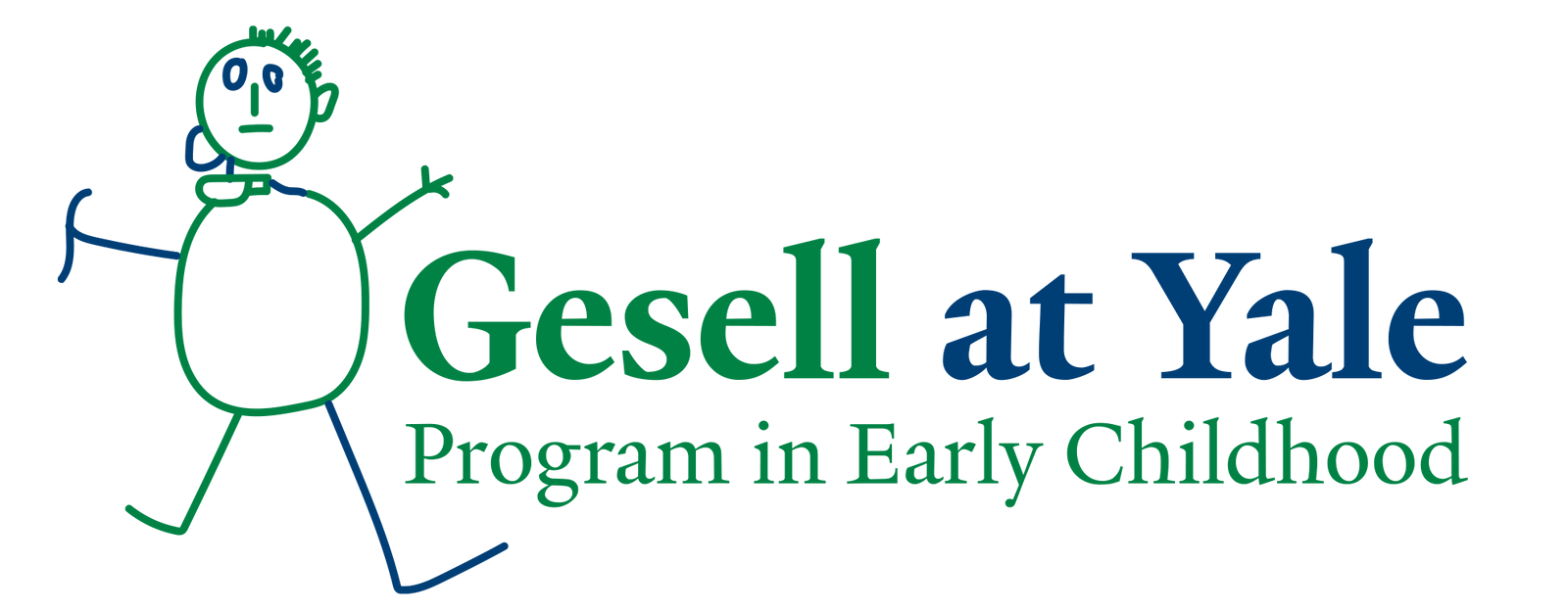BRAIN MATTERS
by Peg Oliveira, PhD
Neither scientists nor educators are ready to prescribe MRI informed practices for improving learning in individual children. However, new research does demand that we take seriously how this new knowledge of the developing brain can better inform and influence policy and practice, and ultimately the development and learning of all children; especially those facing adversity.
In March 2016, Zero to Three presented a Journal Author Spotlight Seminar featuring Dr. Ross Thompson. In this seminar, Dr. Thompson reviews findings presented in the article What More Has Been Learned? The Science of Early Childhood Development Since Neurons to Neighborhoods, published in January 2016. In the 15 years since the publication of From Neurons to Neighborhoods , scientists have learned a lot more about the developing brain, the growth of thinking and learning, the effects of early stress, and the importance of relationships to young children’s development. Dr. Thompson outlined these advances, especially as they are reflected in the 2016 report and considered their implications for practitioners and policymakers.
In summary, what we now know about early brain development is:
1. We knew it was early, but we didn’t know it was that early. Learning is rapid and cumulative and begins earlier than we thought.
- The first three years are even more important for lifelong success than even From Neurons to Neighborhoods had predicted. In particular, the foundations for language development are set in these early years as infants pay attention to patterns in sounds.
- By 18 months of age, toddlers from disadvantaged families are already several months behind more advantaged children in language proficiency. In 1995, Hart and Risley, in Meaningful Differences in the Everyday Experience of Young American Children, found marked disparities between the sheer number of words spoken as well as the types of messages conveyed. After four years these differences in parent-child interactions produced significant discrepancies in not only children’s knowledge, but also their skills and experiences, with children from high-income families being exposed to 30 million more words than children from families on welfare. In 2013, Fernald, Marchman and Weisleder found evidence that this language gap between rich and poor children begins in infancy.
2. It’s not (just) about the words.
- Child directed speech is the game changer. More than just words, it’s the higher pitched, melodic, emotionally charged tones found around the globe that make the difference. Words spoken in adult to adult interactions are less impactful. In 2013, Weisleder & Fernald found that the amount of child directed speech by adults to infants was associated with their vocabulary size at 2 years old.
- Parents’ spontaneous “number talk” from 14 to 30 months is associated with children’s number knowledge at 46 months. (Levine, Suriyakham, Rose, Huttenlocher & Gunderson, 2010).
- Learning is more than cognitive skills. It includes:
- executive function skills and competencies, like inhibition, mental flexibility and working memory, that help children acquire further understanding,
- socio-emotional development that supports emotional well-being, and
- physical development and health.
View the rest of the article on the SEEN online magazine!
